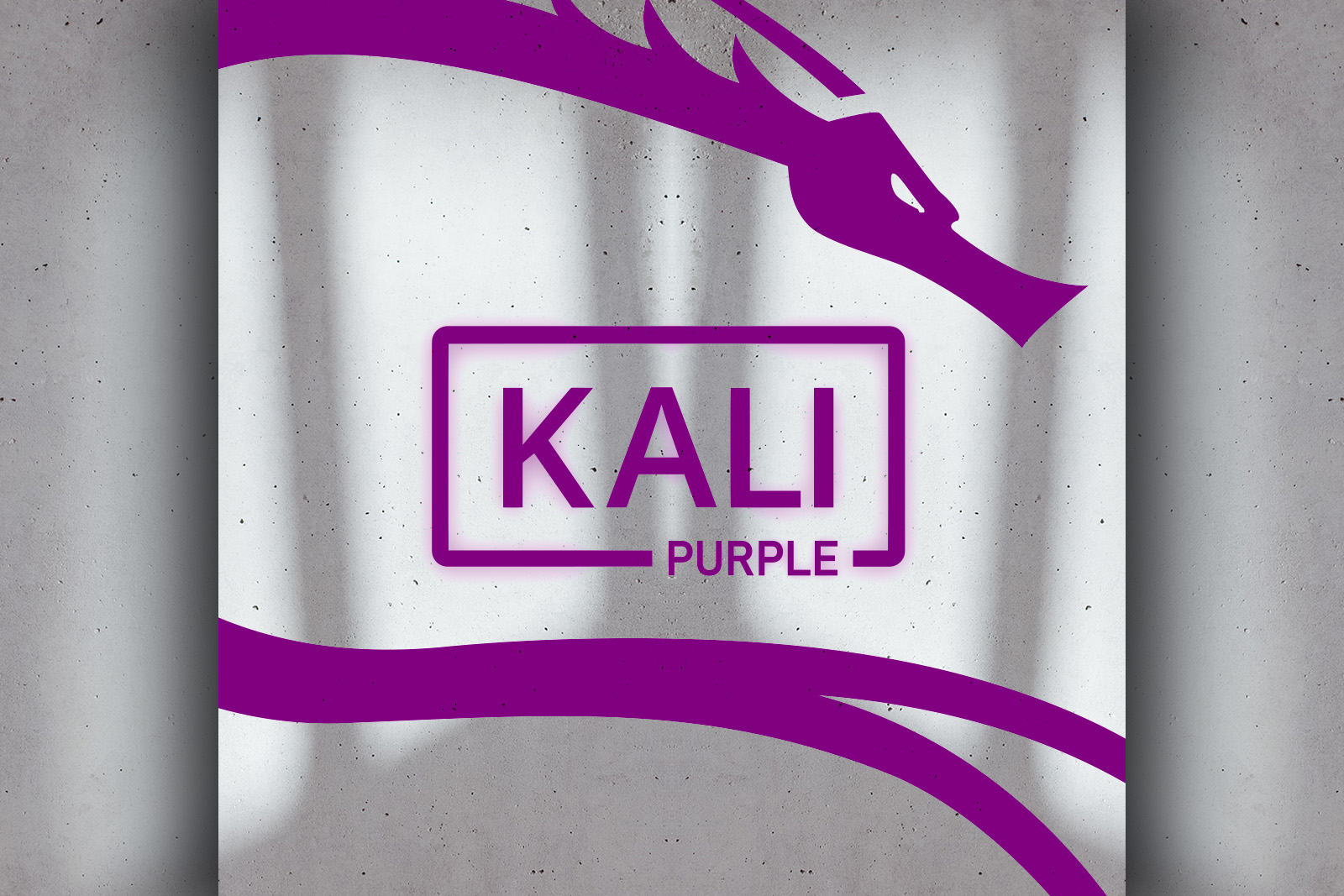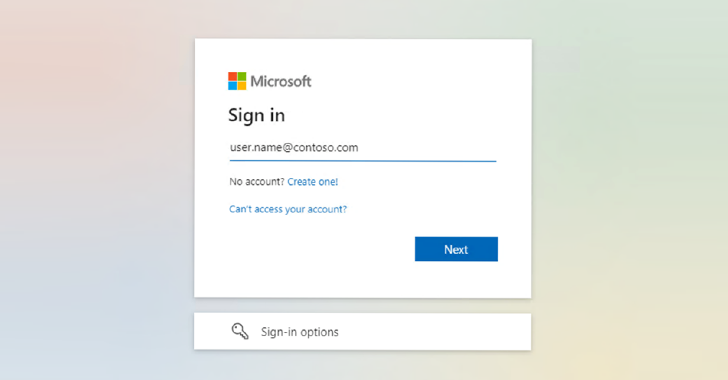The standard hasn’t had a significant update since 2013. There were some minor amendments in 2017, but largely these were structural or grammatical updates. In 2022, things have changed dramatically, but also in very subtle ways.
On Monday, the cybergang behind the Alphv ransomware added an entry to their leaks site claiming they breached Ring and threatening to release data supposedly stolen from the company.
Rishi Sunak has indicated that the UK could follow the US and Canada in banning TikTok from government devices, saying he will take “whatever steps are necessary” to protect Britain’s security.
The development marks a notable shift from Monero, which is a prevalent cryptocurrency used in such campaigns. It’s suspected it may have to do with the fact that Dero “offers larger rewards and provides the same or better anonymizing features.”
The media industry is more visible to the public than virtually any other sector. Correspondingly, cyberattacks on media entities, even those that have a relatively minor impact or are unsuccessful, are highly visible to the public.
YoroTrooper’s main tools include Python-based, custom-built, and open-source information stealers, such as the Stink stealer wrapped into executables via the Nuitka framework and PyInstaller.
OffSec (formerly Offensive Security) released Kali Linux 2023.1, the latest version of its popular penetration testing and digital forensics platform, accompanied by a technical preview of Kali Purple, a “one-stop shop for blue and purple teams.”
Wymondham is working with the National Cyber Security Centre (NCSC) “to ensure an appropriate response,” and has notified the Department for Education, said Jonathan Taylor, the chief executive of its parent company, Sapientia Education Trust.
An open-source adversary-in-the-middle (AiTM) phishing kit has found a number of takers in the cybercrime world for its ability to orchestrate attacks at scale. Microsoft is tracking the threat actor behind the kit under the moniker DEV-1101.
Siemens has released only seven new advisories, but they describe a total of 92 vulnerabilities. However, a vast majority are introduced by the use of third-party components rather than being specific to Siemens products.









